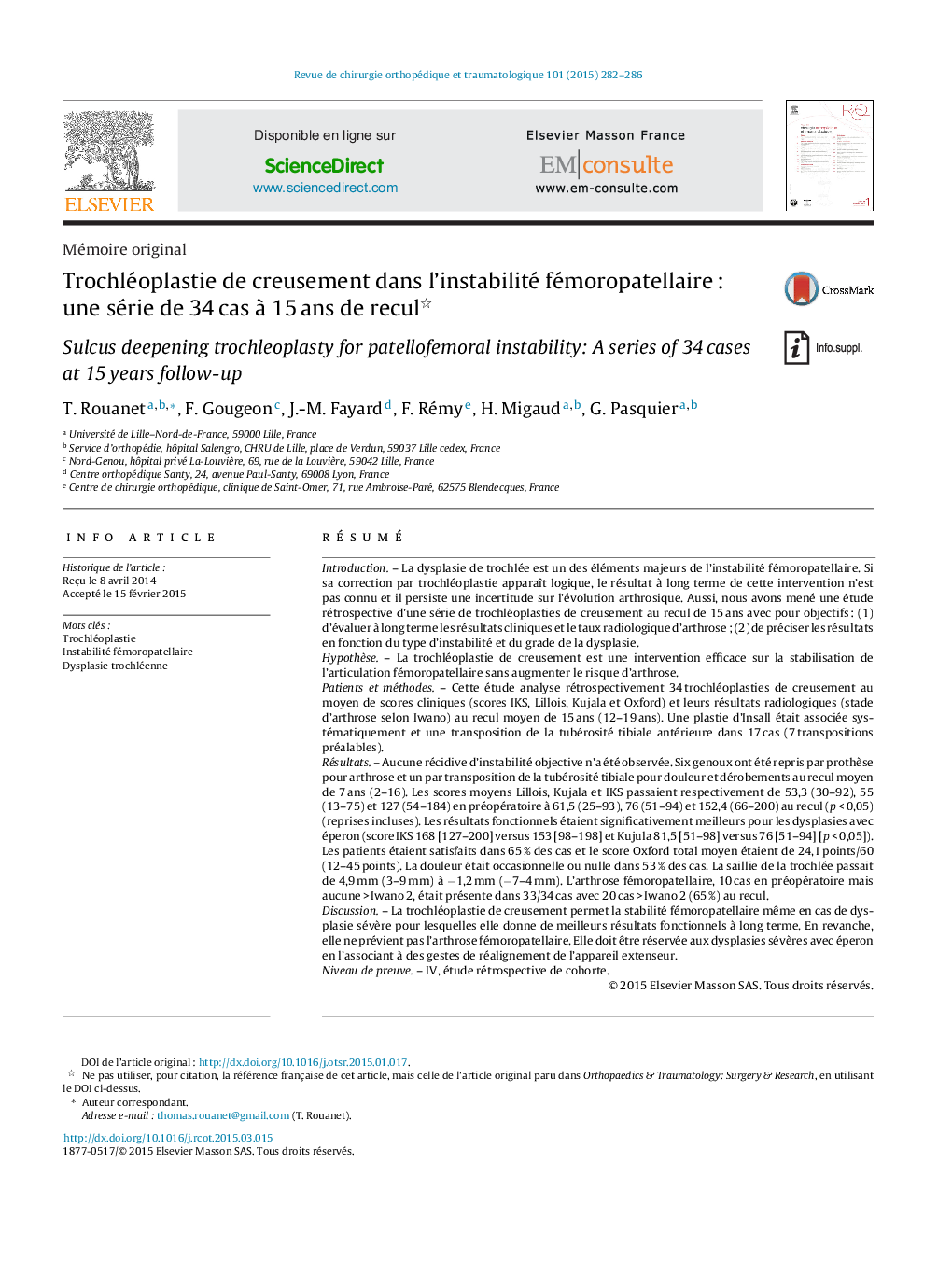| Article ID | Journal | Published Year | Pages | File Type |
|---|---|---|---|---|
| 5827015 | European Journal of Pharmacology | 2015 | 5 Pages |
Abstract
Nowadays there is solid clinical information for combining β2-agonists and anti-muscarinic agents, although the nature (additive or synergistic) of the net clinical result obtained by co-administration of these two classes of bronchodilators is not completely elucidated from a pharmacological point of view. Recent preclinical studies demonstrated that combining a long-acting β2-agonist (LABA) with a long-acting anti-muscarinic agent (LAMA) provides synergistic benefit on airway smooth muscle relaxation, which may have major implications for the use of LABA/LAMA combinations in the treatment COPD. Indeed, the LABA/LAMA synergism has been proved also in patients with moderate-to-severe COPD. Nevertheless, there is still a strong medical need for dose-finding clinical trials designed to identify the most favourable doses of LABA/LAMA combinations able to induce a real synergism. We strongly believe that the Bliss Independence theory represents an effective model for investigating the cross-talk between β2-adrenoreceptor and the muscarinic pathways leading to the synergistic interaction between β2-agonists and anti-muscarinic agents. In any case, the possibility of eliciting a synergistic bronchodilator effect when combining a LABA and a LAMA suggests that the therapeutic approach proposed by GOLD recommendations to only use LABA/LAMA combination in more severe COPD patients who are not controlled by a single bronchodilator should be reconsidered. We support the possibility of an early intervention with low doses of LABA/LAMA combination to optimize bronchodilation and reduce the risk of adverse events that characterize both LABAs and LAMAs, especially when administered at the full doses currently approved for the treatment of COPD.
Related Topics
Life Sciences
Neuroscience
Cellular and Molecular Neuroscience
Authors
Luigino Calzetta, Maria Gabriella Matera, Mario Cazzola,
